43+ Sample Student Project Proposal
-
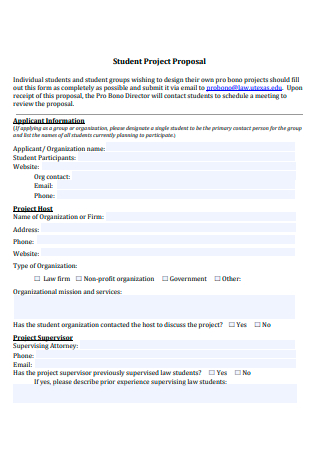
Student Project Proposal Template
download now -
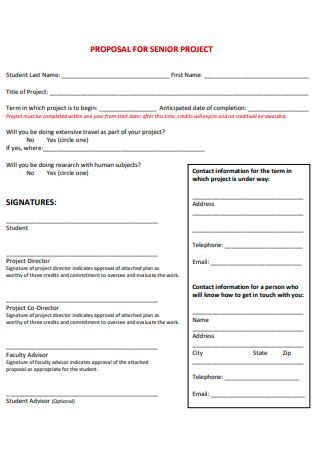
Senior Student Project Proposal
download now -
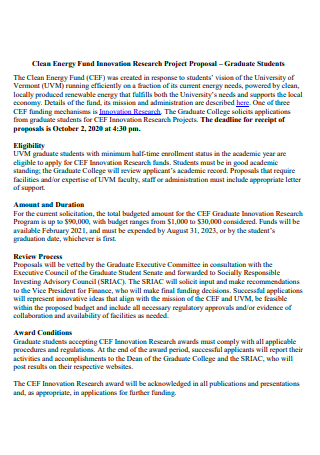
Graduate Student Research Project Proposal
download now -

Formal Student Project Proposal
download now -
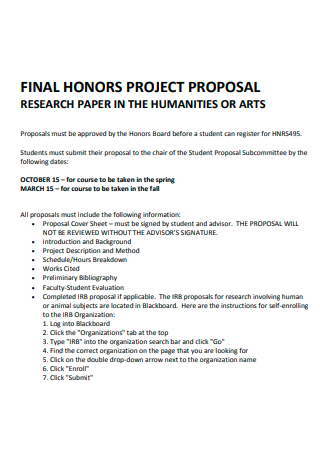
Student Final Honors Project Proposal
download now -
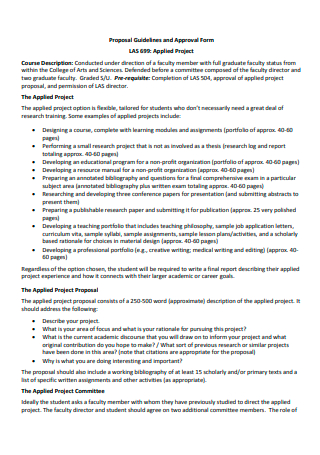
Student Applied Project Proposal
download now -
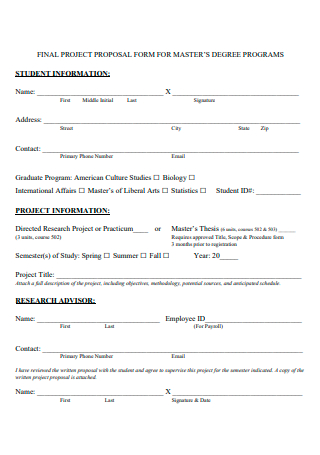
Student Final Project Proposal Form
download now -
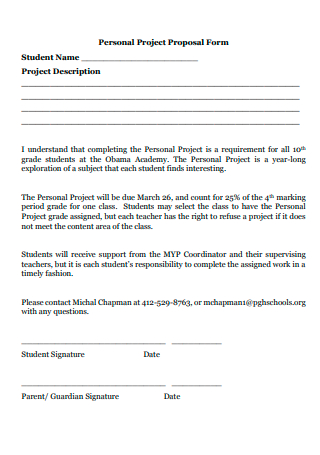
Student Personal Project Proposal Form
download now -
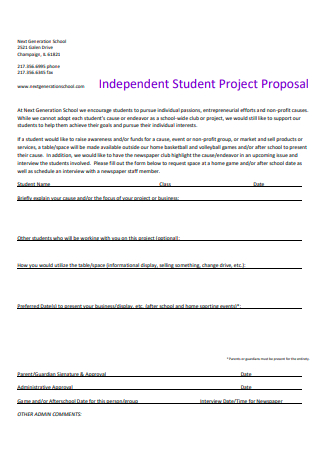
Independent Student Project Proposal
download now -

Student Project Proposal in PDF
download now -
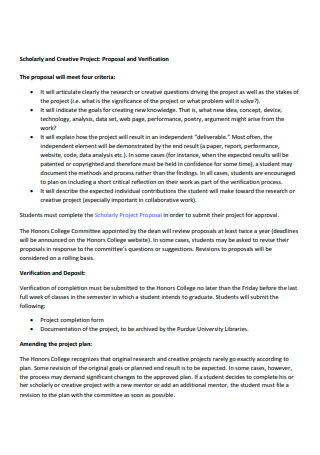
Scholarly Student Project Proposal
download now -
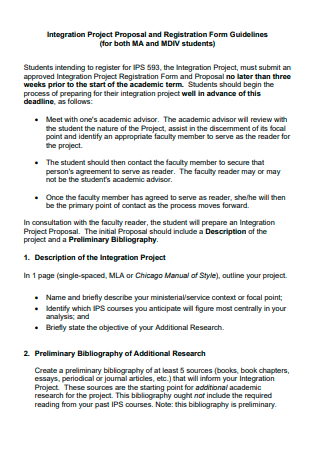
Student Integration Project Proposal
download now -
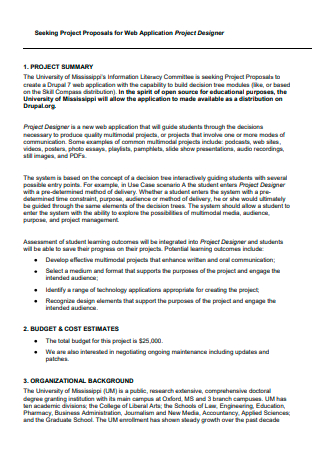
Student Project Designer Proposal For Web Application
download now -

Basic Student Project Proposal
download now -
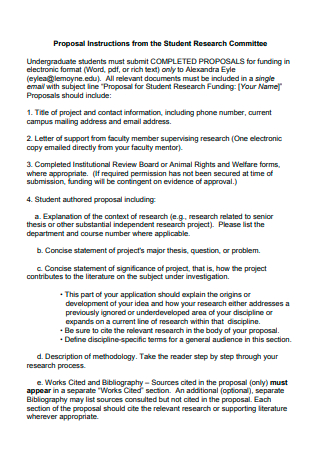
Student Research Committee Project Proposal
download now -
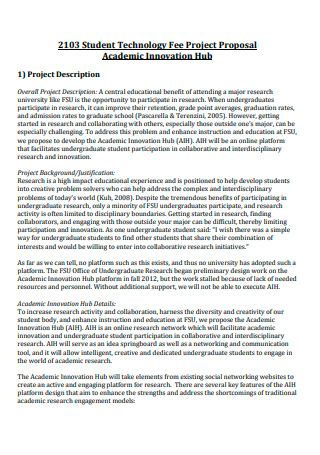
Student Technology Fee Project Proposal
download now -
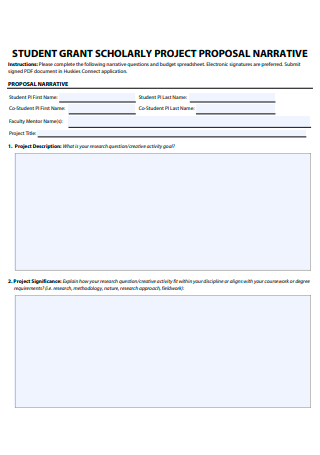
Student Grant Scholarly Project Proposal Narrative
download now -
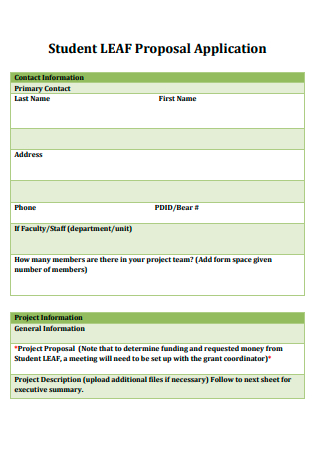
Student Project Proposal Application
download now -
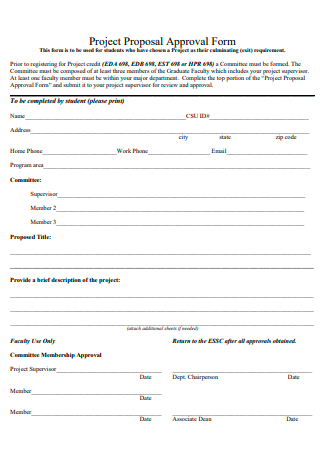
Student Project Proposal Approval Form
download now -
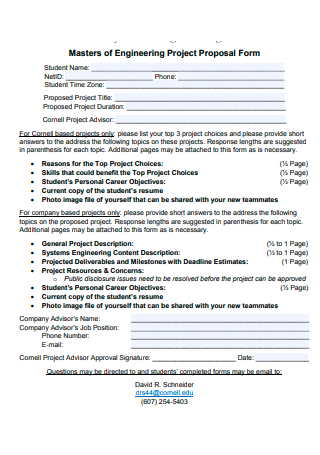
Masters of Engineering Student Project Proposal Form
download now -
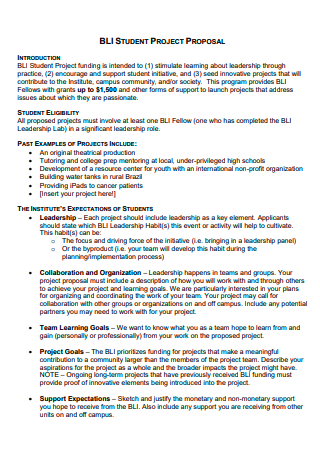
Printable Student Project Proposal
download now -
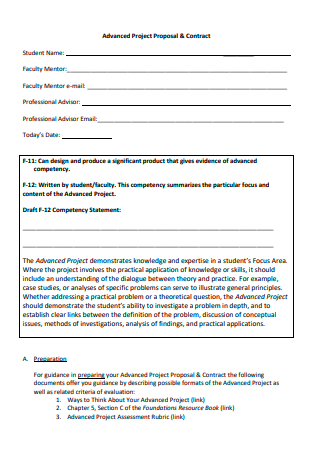
Student Advanced Project Proposal
download now -
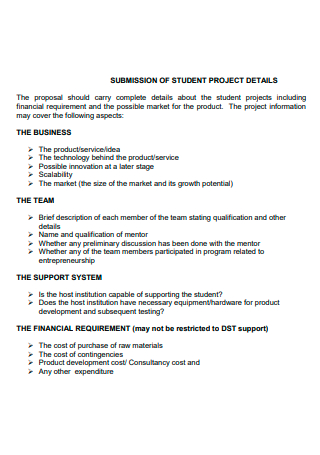
Submission of Student Project Proposal
download now -
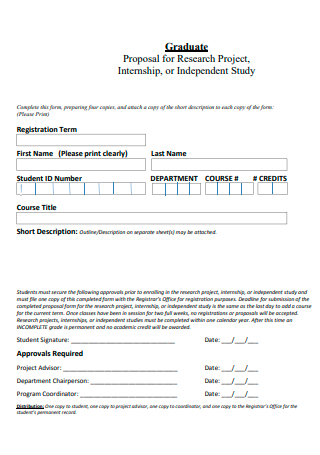
Student Internship Project Proposal
download now -
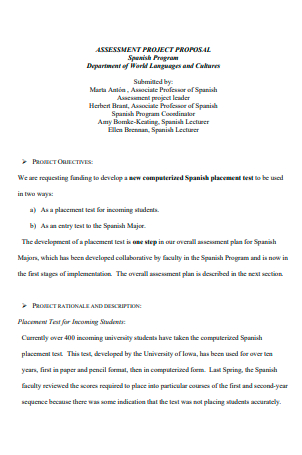
Student Assessment Project Proposal
download now -
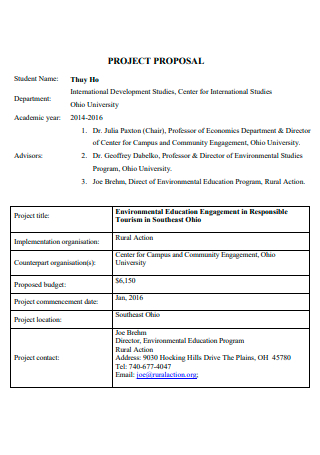
Simple Student Project Proposal
download now -
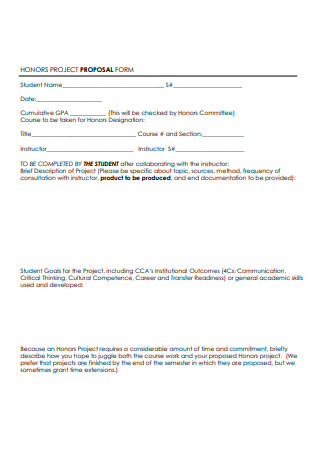
Student Honors Project Proposal Form
download now -
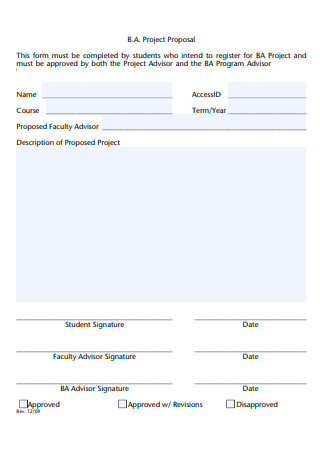
B.A Student Project Proposal
download now -

Student Thesis Project Proposal
download now -
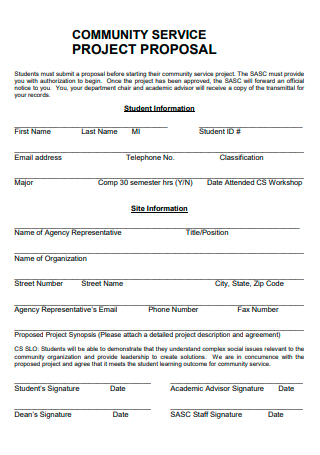
Student Community Service Project Proposal
download now -

Student Government Funding Project Proposal
download now -
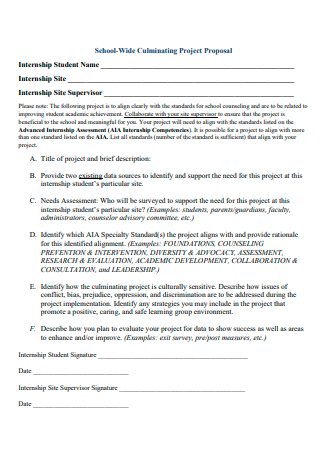
School Internship Student Project Proposal
download now -
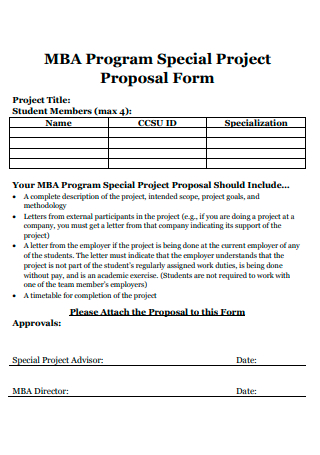
MBA Student Program Special Project Proposal Form
download now -

Student Project and Conference Travel Proposal
download now -
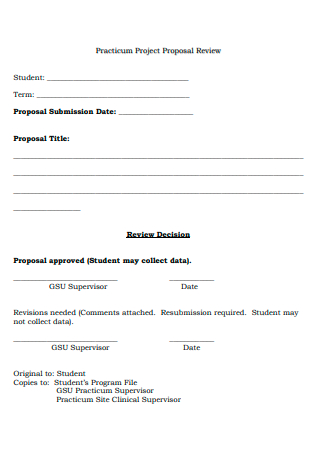
Student Project Proposal Review
download now -

Student Project Proposal Outline
download now -
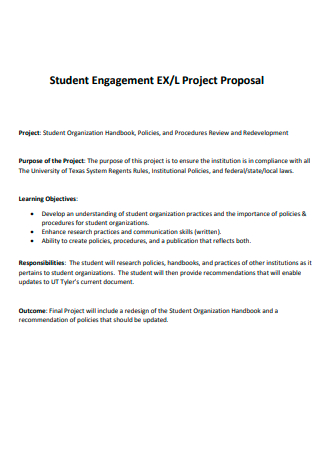
Student Engagement Project Proposal
download now -

Student Project Proposal and Data Request Form
download now -
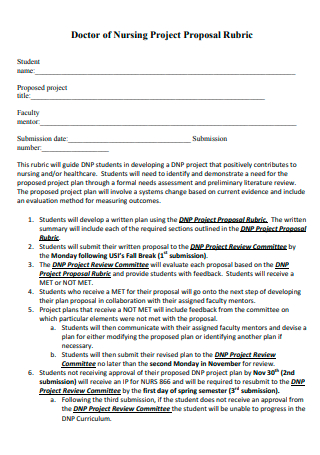
Doctor of Nursing Student Project Proposal
download now -

Student and Family Project Proposal
download now -
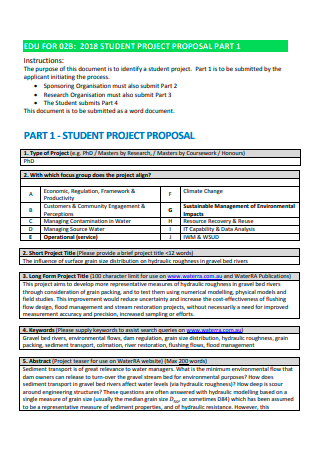
Student Project Proposal Example
download now -
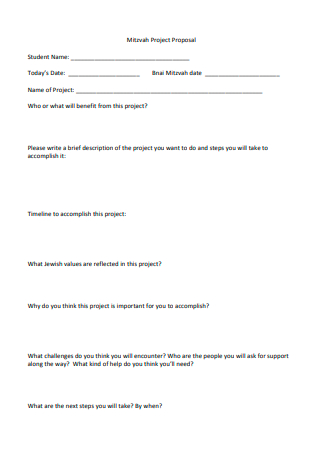
Standard Student Project Proposal
download now -
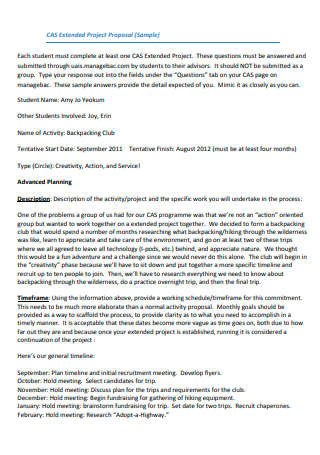
Sample Student Project Proposal
download now -
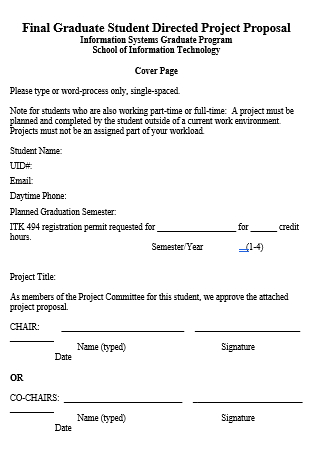
Final Graduate Student Project Proposal
download now
FREE Student Project Proposal s to Download
43+ Sample Student Project Proposal
What Is a Student Project Proposal?
Different Types of Student Projects
Main Points of a Student Project Proposal
Steps on How to Make a Student Project Proposal
FAQS
What Is the Importance of Creating a Student Project Proposal?
What Are the Various Kinds of Student Projects?
What Should a Student Project Proposal Look Like?
What Is a Student Project Proposal?
A student project proposal is a regular project assignment that outline the project’s major goals and objectives. It’s a paper that explains how students plan to fix the challenges. Or what additional objectives they can associate with the topic. It could be a brief document of 3-5 pages. It is similar to research reports or proposals, which are commonly assigned as graduation projects. A research problem statement, findings, and other related research that can be utilized as references. It is an excellent form of activity in which they can learn to draw viable conclusions based on theories. BY creating an abstract or a model. Or, at the very least, they can be introduced a wide range of relevant disciplines. It also aids in the development of their investigation and fact-checking abilities. And, if it is a group effort, there is a distribution of responsibility as well as teamwork at work.
Different Types of Student Projects
Following the approval of the project, a tangible application may be required. It could also end with the conclusion that the students came up with. And there are different types of student project, let’s look at them below!
Main Points of a Student Project Proposal
When students’ creativity and understanding are challenged, their brilliance shines through. It serves as a fantastic exercise and provides students with a peek of how reality works in practice. And the easiest way to accomplish this is to assign student projects. It could be a collaborative effort or an individual project. Furthermore, it promotes teamwork and teaches how to collaborate with others. But in order to be successful in all of those areas, you must first be successful in presenting your project proposal. Here are the major points you should use within your student project.
Steps on How to Make a Student Project Proposal
“No one is perfect, that’s why pencils have erasers,” says Wolfgang Riebe. Take note of the statement. Then you may pursue your passion without worrying about if it’s flawless. What better way to try interesting concepts than through school projects? That’s one of the advantages of being young: you can let your imagination run wild. Then you may explore those topics with zeal, and people will be impressed by your commitment and passion. And all you have to do is follow the steps below and you’re ready to go!
-
1. Find a Topic
Finding a topic should be something that is related to your passions. That way, you’ll be able to navigate things with greater enthusiasm. You must, however, be aware of your own limitations. Teachers may designate a certain theme for some school projects. Simply follow the guidelines and use your imagination when presenting. However, if you have the flexibility to do whatever you want, don’t limit your options! Investigate and broaden your horizons!
-
2. Research About the Topic
If the topic assigned to you is new to you, you can now look for examples. This can be found by visiting libraries and looking for related literature. You can also use your computer to search for it on the internet. Or seek advice from your teacher. Following that, you can select the data that will be included in your project. Choose the one that is most relatively similar to yours. It is easy to answer queries when your data comes from reputable sources. Of course, if it’s a research assignment, you must not limit yourself to one side. Be open to the challenges that may occur during the course of your project. You can also search up how to counteract them.
-
3. Collect Data and Information
Some project proposals necessitate the collecting of data. This data can be obtained by conducting surveys and creating a questionnaire. This can also be accomplished by referring resources discovered throughout your investigation. All you have to do is make sure it complements your point. Or, at the very least, provides you with an argumentative case to support your assertion. You can gather information for a design or a written essay by following the criteria established by your instructors. You may easily follow it by looking for examples.
-
4. Combine and Write Student Project Proposal
A conclusion is reached at the end of your research. This can be accomplished by combining the information you’ve accumulated. This can be accomplished by applying the provided criteria to your work. Or by adhering to the scientific and technical principles that enable your project to perform. Then you may begin creating the project proposal, which will include all of these details. It entails putting sources as references. If there is numerical data, provide a rudimentary graph that depicts it.
FAQS
What Is the Importance of Creating a Student Project Proposal?
The proposal aids in outlining the specifics of your student project. This covers the problem statement, methods, data you’ve gathered, and your proposal’s conclusion. Things are easier to deliver it this way because there’s a format to follow.
What Are the Various Kinds of Student Projects?
The nature of student projects varies based on the subject assigned to them. A research project, a design project, and a problem-solving project are all possibilities. Others are literary-literary projects in which you write an article or a poem.
What Should a Student Project Proposal Look Like?
Outlining the aims and goals is part of the format of a student project proposal. In addition to specifying the approach and principles followed. The most important aspect of the project is its objective, and how it achieved would be stated in the conclusion.
Consider a student project a quest for a bigger adventure. When we complete it, we are rewarded or leveled up. It’s already an incredible feat, no matter how simple. Over time, it will add up to a broader knowledge. So don’t be concerned if your student project proposal pdf isn’t perfect! You must always be confident in your own work!
